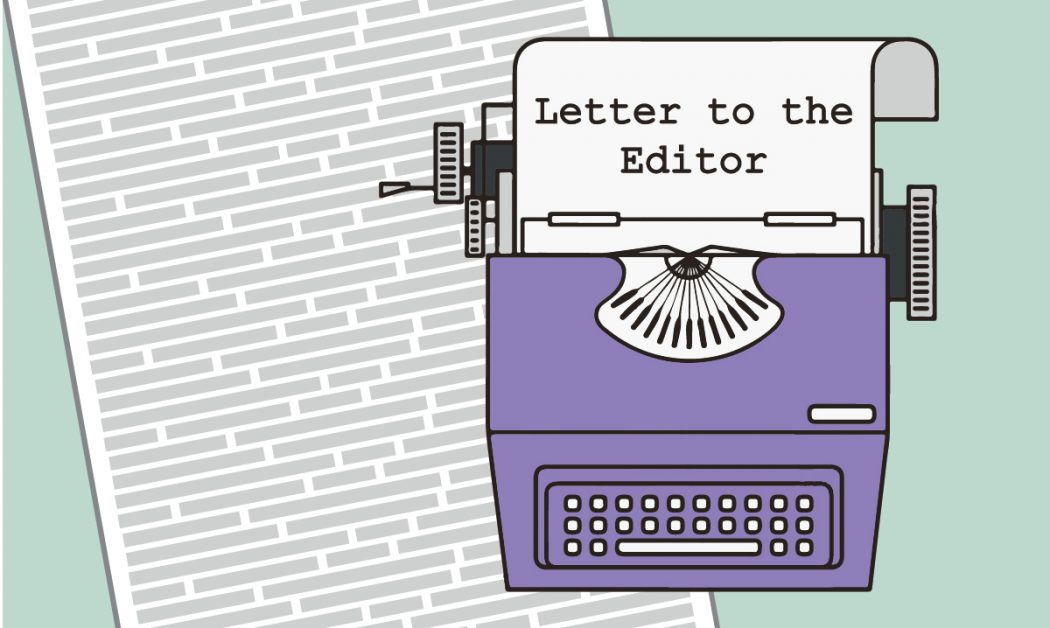Letter to the editor: Rising insulin prices
Editor’s Note: To submit a response to this column, or submit a letter to the editor on a new topic, email your submission to opinion@usustatesman.com.
In the state of Utah, the prevalence rate of diabetes has increased by almost 50% in the past 20 years (Reither, Fedor, Abel, & Hatch, 2009). For patients struggling with diabetes, insulin is not just a prescription but a means for survival (Hirsch, 2005). However, in today’s economy insulin has become so expensive that many diabetic Utahns have resorted to rationing this necessary medication in an effort to save money, risking possible harm and death in the process (Conner, Pfiester, Elliott, & Slama-Chaudhry, 2019).
Such high prices were not always the standard for insulin. According to local diabetic patients, the price of insulin has increased 100%, which presents a significant financial burden on families. One family stated, that in the year 1995 the price of insulin was around $25-$30 a vial. These families now state that the price of insulin can now range from $200-$500 per vial, with each vial lasting about 2-3 weeks (A. Talbot, J. Luekenga, J. Bennet, L. Cook, Personal Communication, Feb. 1, 2020).
Utah needs to react to these high prices before any additional harm or unfortunate deaths occur. On January 29, 2020 Republican Norm Thurston presented a bill to the Utah House that would increase Utahn’s access to affordable insulin. This bill would include an incentive for health benefit plans to reduce their required copayments for insulin from their payers. This bill would also include coverage of diabetic supplies such as glucose monitors, and testing strips if deemed medically necessary. (H.B. 207, 2020). It should be noted that while this bill does not cover those without health insurance, it is a step in the right direction in providing obtainable access to insulin.
— Morgan Talbot
Works Cited
Conner, F., Pfiester, E., Elliott, J., & Slama-Chaudhry, A. (2019). Unaffordable insulin: patients pay the price. The Lancet Diabetes & Endocrinology, 7(10), 748. doi: 10.1016/s2213-8587(19)30260-8
Hirsch, I. B. (2005). Insulin Analogues. New England Journal of Medicine, 352(2), 174–183. doi: 10.1056/nejmra040832
H.B. 207, 2020 General Session. (UT, 2020)
Reither, E., Fedor T., Abel K., and Hatch J… (2009). “Associations between Educational Attainment and Diabetes in Utah: The Behavioral Risk Factor Surveillance System, 1996-2007.” Utah’s Health: An Annual Review

